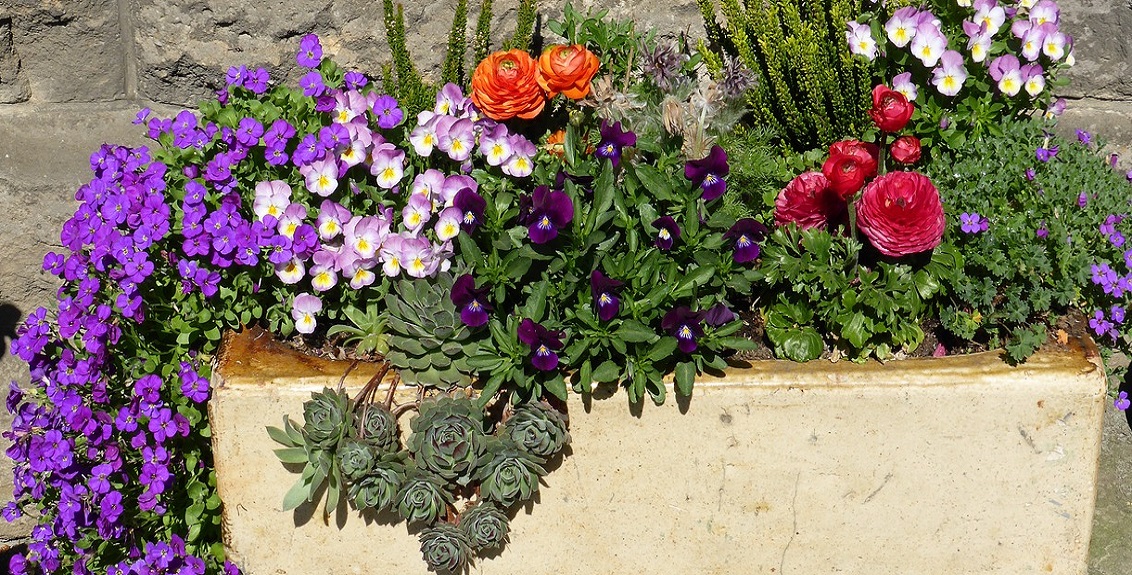Most of the time we buy plants on impulse because they look good – only to discover that they are not suited to our own garden. You should always test your garden soil before you start initially, to find out the pH levels of your soil and what types of nutrients your garden requires you to add to it. Most plants prefer soil that is just slightly acidic, but there are some plants that need alkaline soil to grow. You can change the pH of your soil but it’s much easier to simply plant for the soil you already have.
Ready To Start
Having tested the soil, you should really examine your garden to see how much sun and shade it gets daily and whether or not the soil is nicely drained or waterlogged and whether your location is sheltered or windswept. After checking that out you should be ready to go and make a decision on what to purchase.
Choose shade-loving plants for the sheltered areas, sun-lovers for the warmer spots, drought-resistant plants for the dryer areas which may be either sunny or shaded, and swampy plants for the badly-drained parts.
To Choose The Right Plants For Your Garden
Step-By-Step Guide
- Test Your Soil
Test your soil to find out what nutrients it needs. Garden centres often sell do-it-yourself kits, or you can arrange a test through the Cooperative Extension System, a national agricultural network. - Pick Flowers
Choose your flowers based on which varieties will do well in your climate, and whether you want annuals, which live for a year, perennials, which bloom for several years, or a combination. Also, consider whether you can handle high-maintenance flowers, like roses, or prefer less labour-intensive ones. - Consider Seeds
Decide between planting bulbs or small plants, or growing flowers from seeds. Seeds require more work, but are less expensive. - Plan Your Landscape
Plan your design, including placement and colours. Position smaller flowers in front of the larger ones. Make sure to place blooms that require a lot of light in a sunny spot. - Prepare The Soil
Prepare the soil by digging out grass and weeds with a spading fork and rake away rocks and debris. Next, work in any nutrients your soil needs with a hoe. Finish by raking the land into a smooth surface. - Plant Your Flowers
Plant your seeds or bulbs according to the package directions, and then water the area. - Fertilize
Add an extended-release fertilizer. Use your soil test as a guide for which fertilizer to use. - Keep Them Watered
Water your flower beds whenever the surface soil begins to dry. Giving them a good soaking a couple of times a week is better than daily light watering.
Tips
- Alliums, bearded irises, daffodils, daylilies, impatiens, marigolds, nasturtiums, poppies, and zinnias are among the easiest flowers to grow.
- Seeds offer more options because you can order just about any flower you want from a seed catalogue.
- If you add mulch — a protective covering around plants such as sawdust or compost — wait until the flowers are a few inches tall. Don’t over mulch: An inch should suffice.
- It’s easier to revive a plant that’s been under-watered than to save one that’s had too much water.
